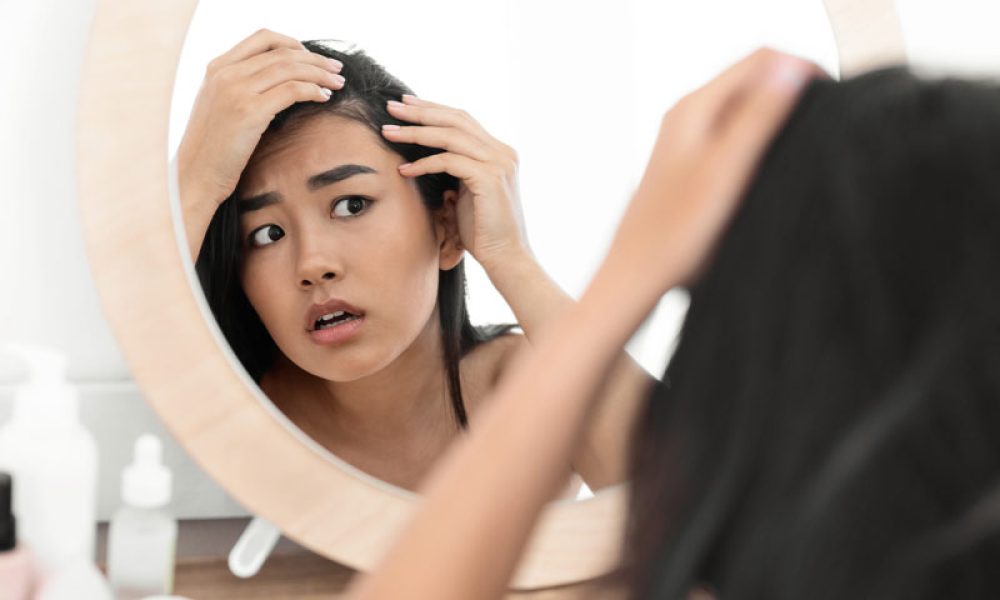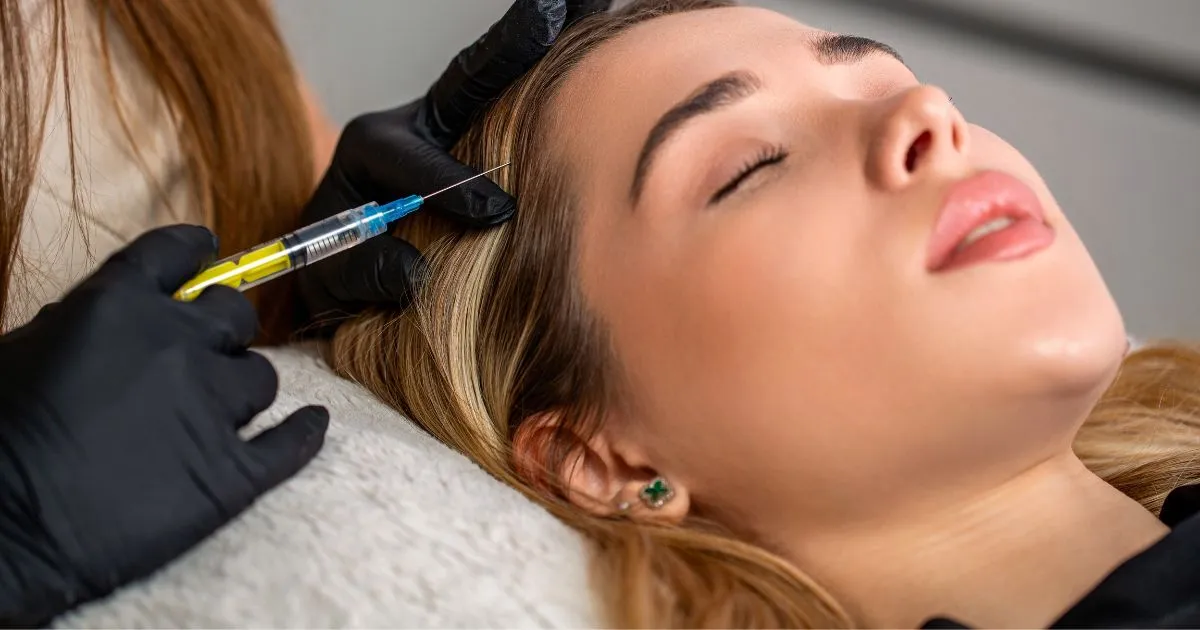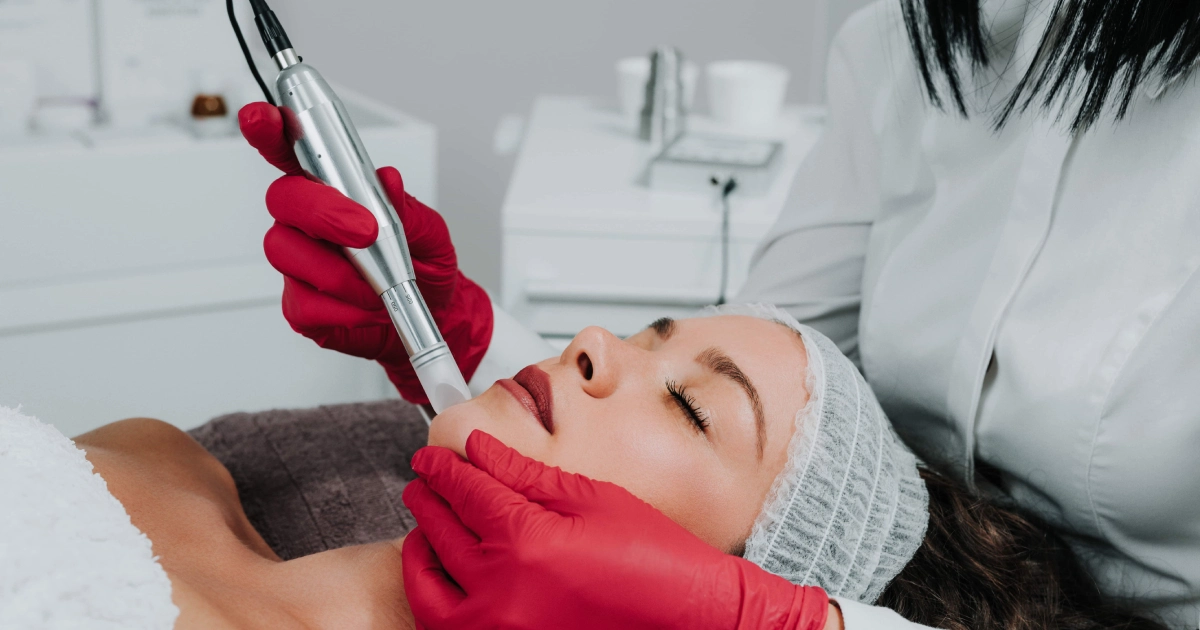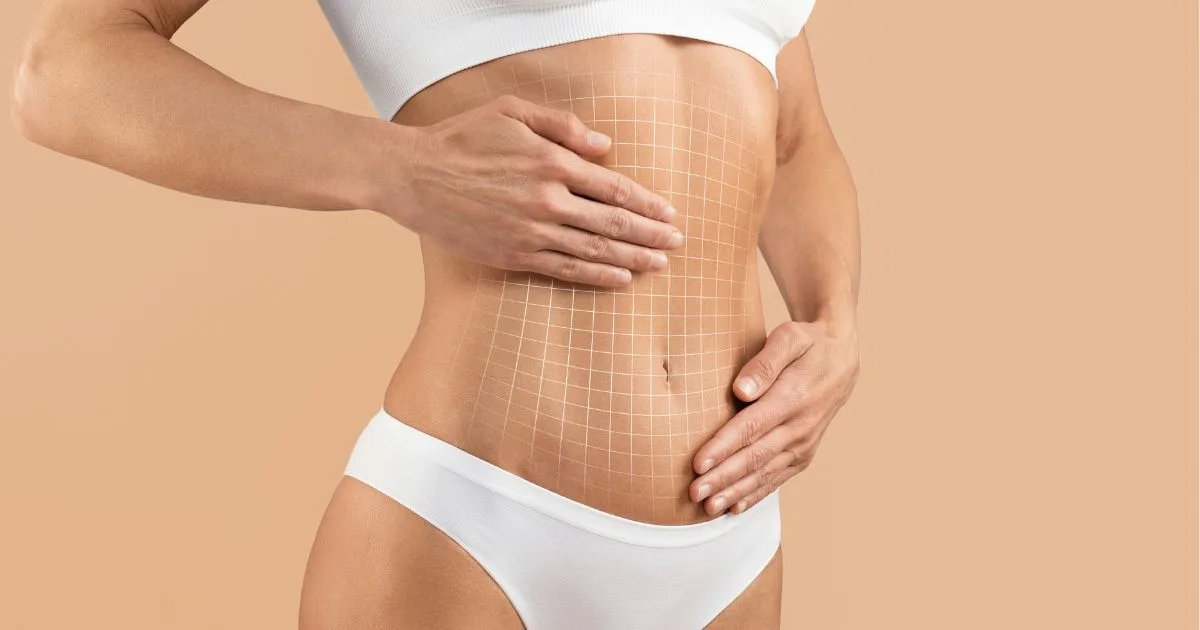Hair loss affects millions of people worldwide and can have devastating effects on an individual’s psychological and emotional well-being.
We lose 50-100 hairs a day. But when we start getting clumps of hair in our hairbrush or see hair clogging our drains in the shower, it’s time for help. By the age of 40, 40% of women will start developing some degree of hair loss. There are many causes of hair loss. It may be genetic, but there are causes that are often overlooked. Thyroid dysfunction and anemia are two common conditions commonly seen in women that are often undertreated. Treating these issues can pay dividends when it comes to keeping a full head of hair. Medications, diet, and supplementation help address these problems. Hormones can play a big role as well.
Both men and women have testosterone. Testosterone can convert to DHT which adversely affects hair follicles and can cause hair loss. What can help accelerate this process? Insulin resistance, estrogen/progesterone imbalances, weight gain/obesity, and lack of exercise.
The medication minoxidil has been shown to grow hair and maintain it. It was originally designed for high blood pressure, but the side effect found was that it helped with hair loss. Now it is used topically for hair growth. It has no impact on hormones in comparison to finasteride which is used for male hair loss. Combination with platelet rich plasma or PRP can be very effective for hair growth and maintenance. PRP works by increasing flow to the hair follicles and prolonging the growth phase of hair. Typically, a series of treatments are done the first year which are then followed by maintenance treatment in subsequent years.






